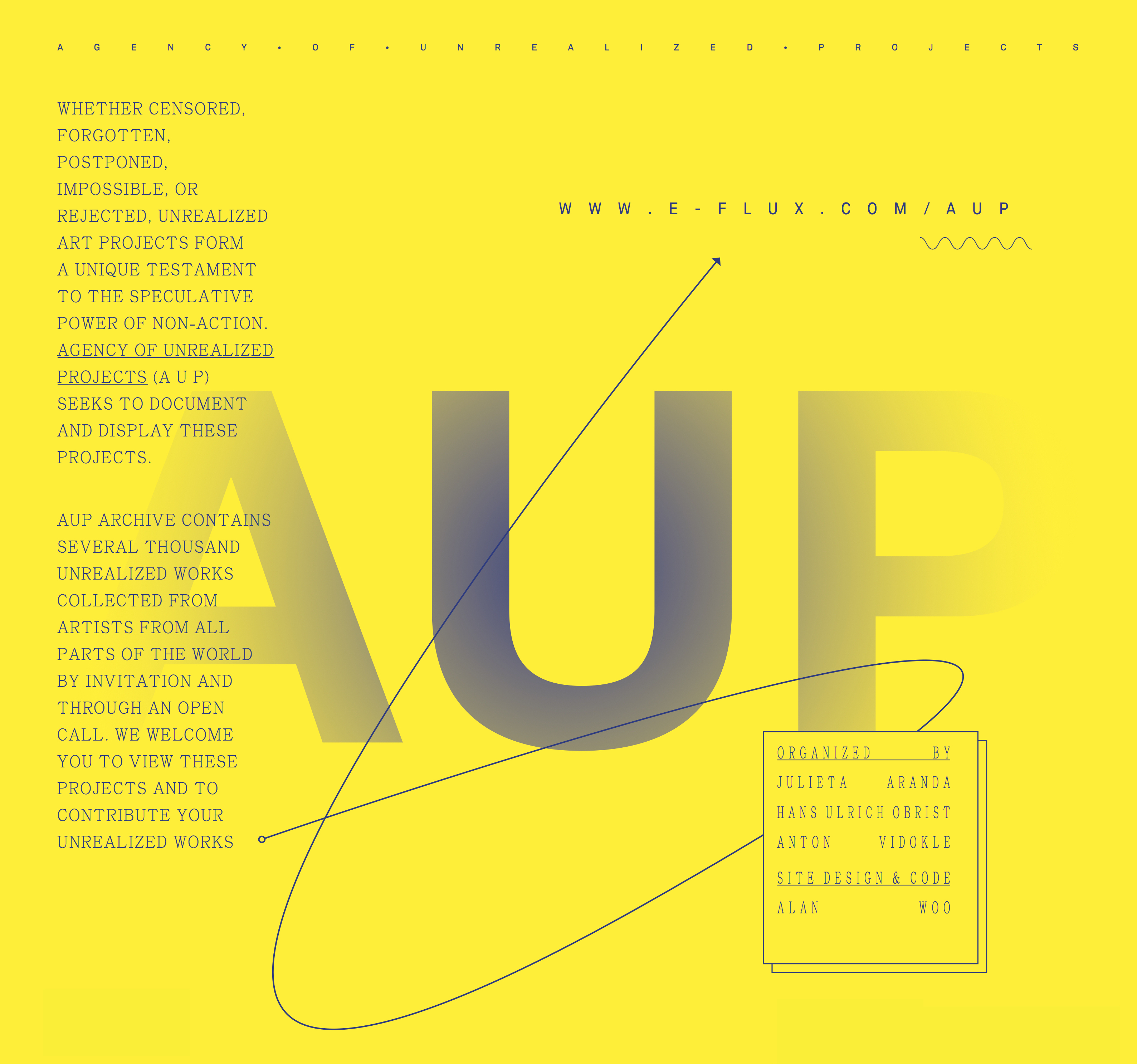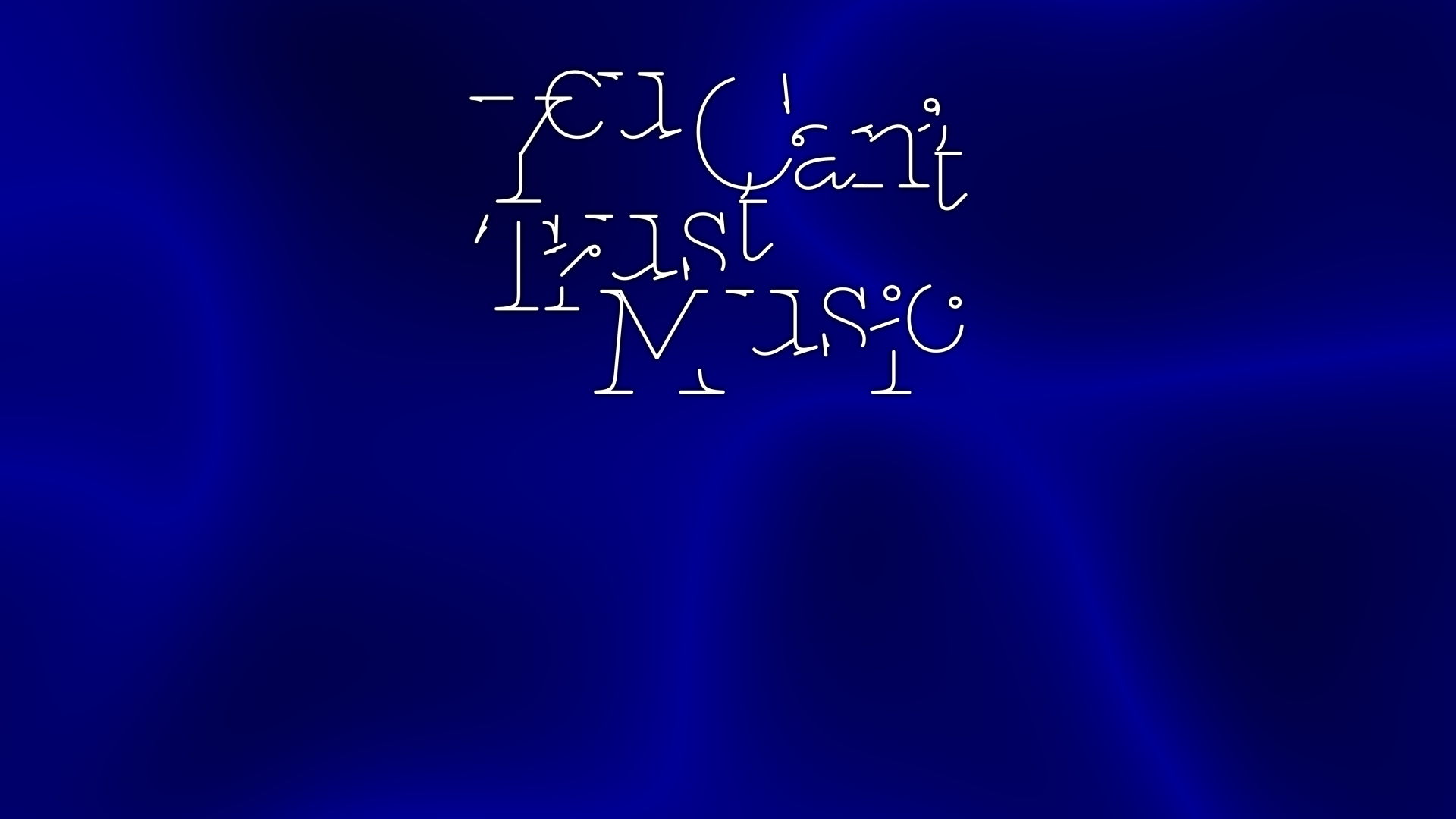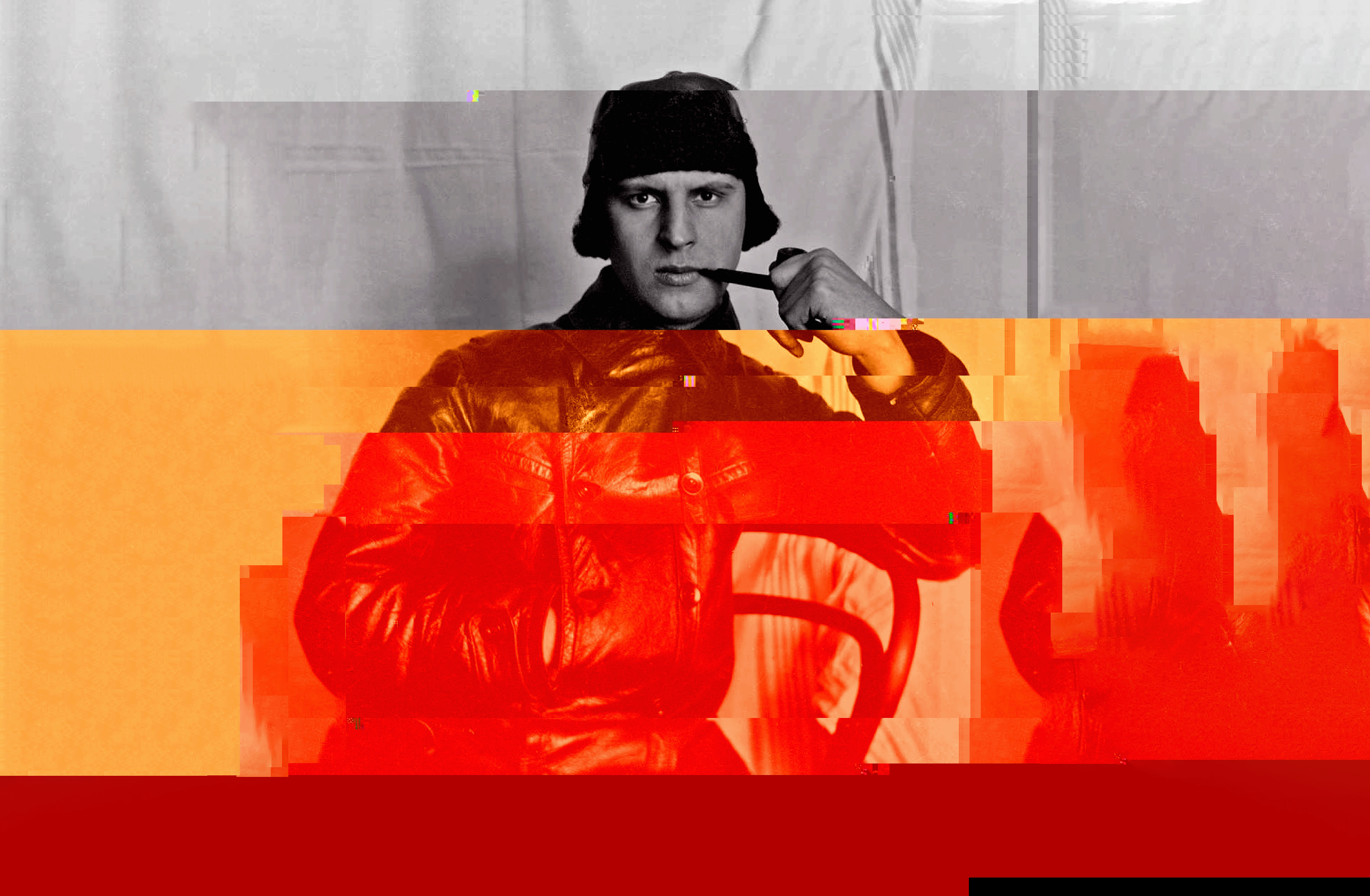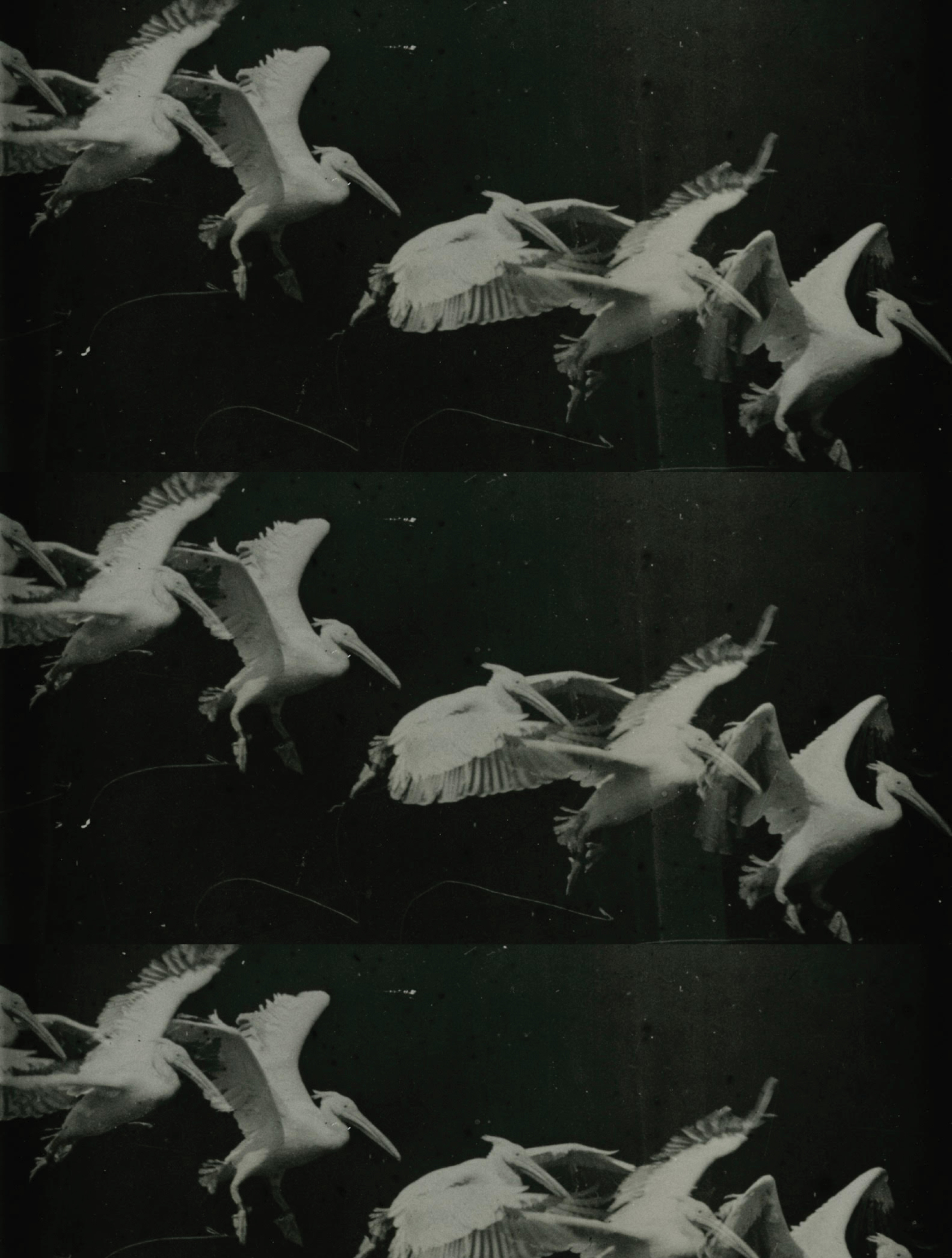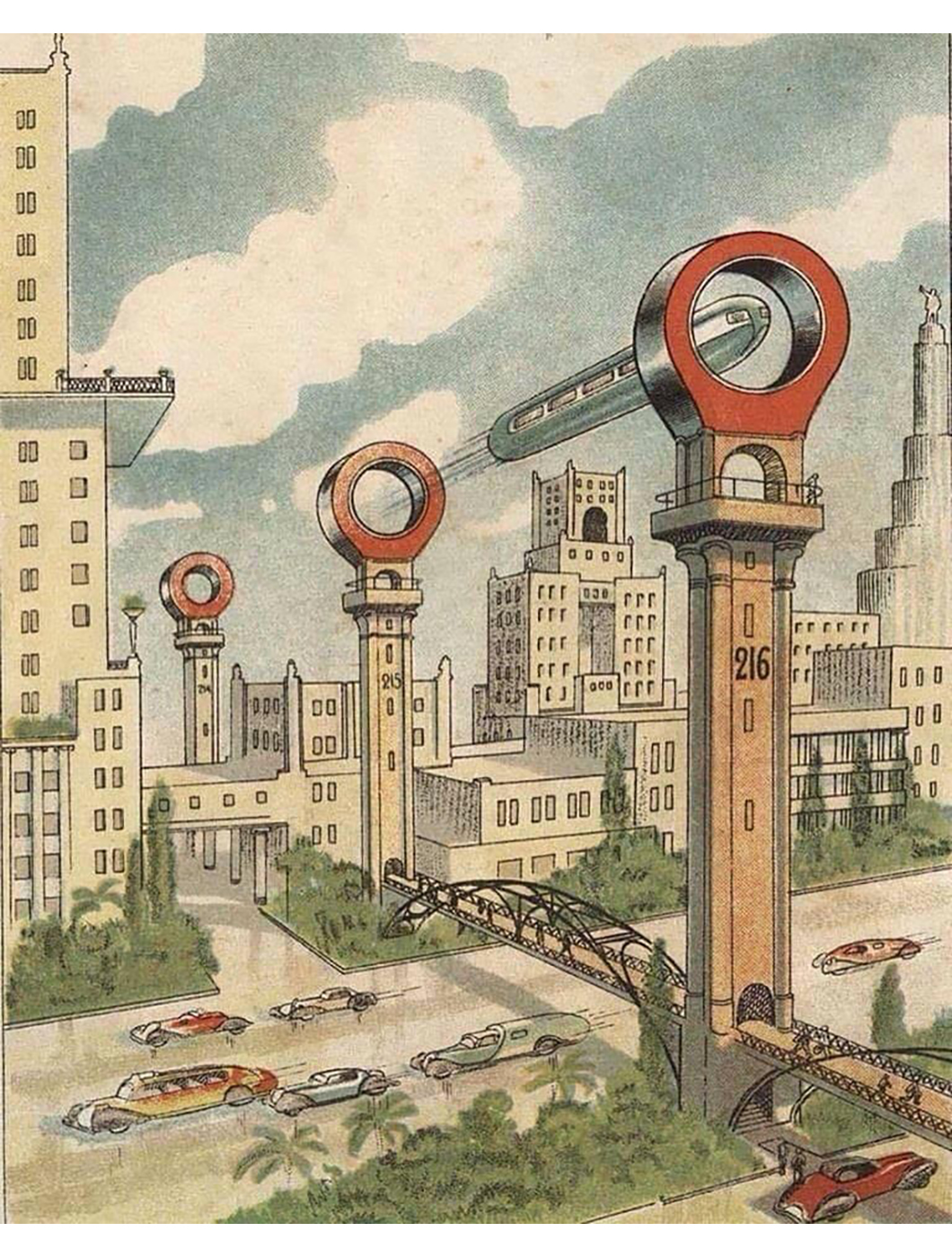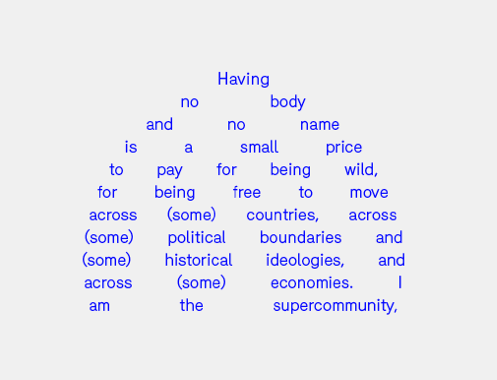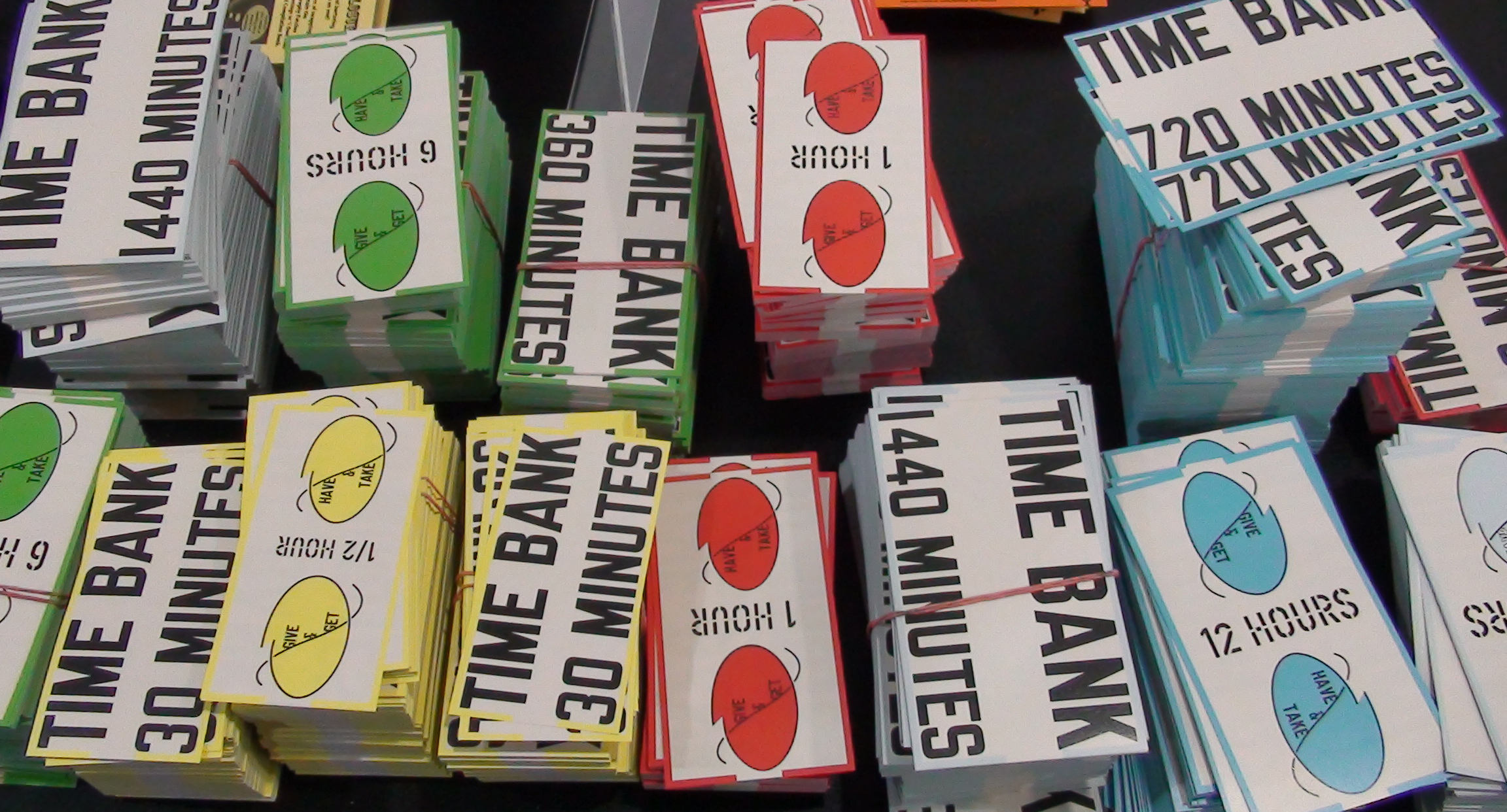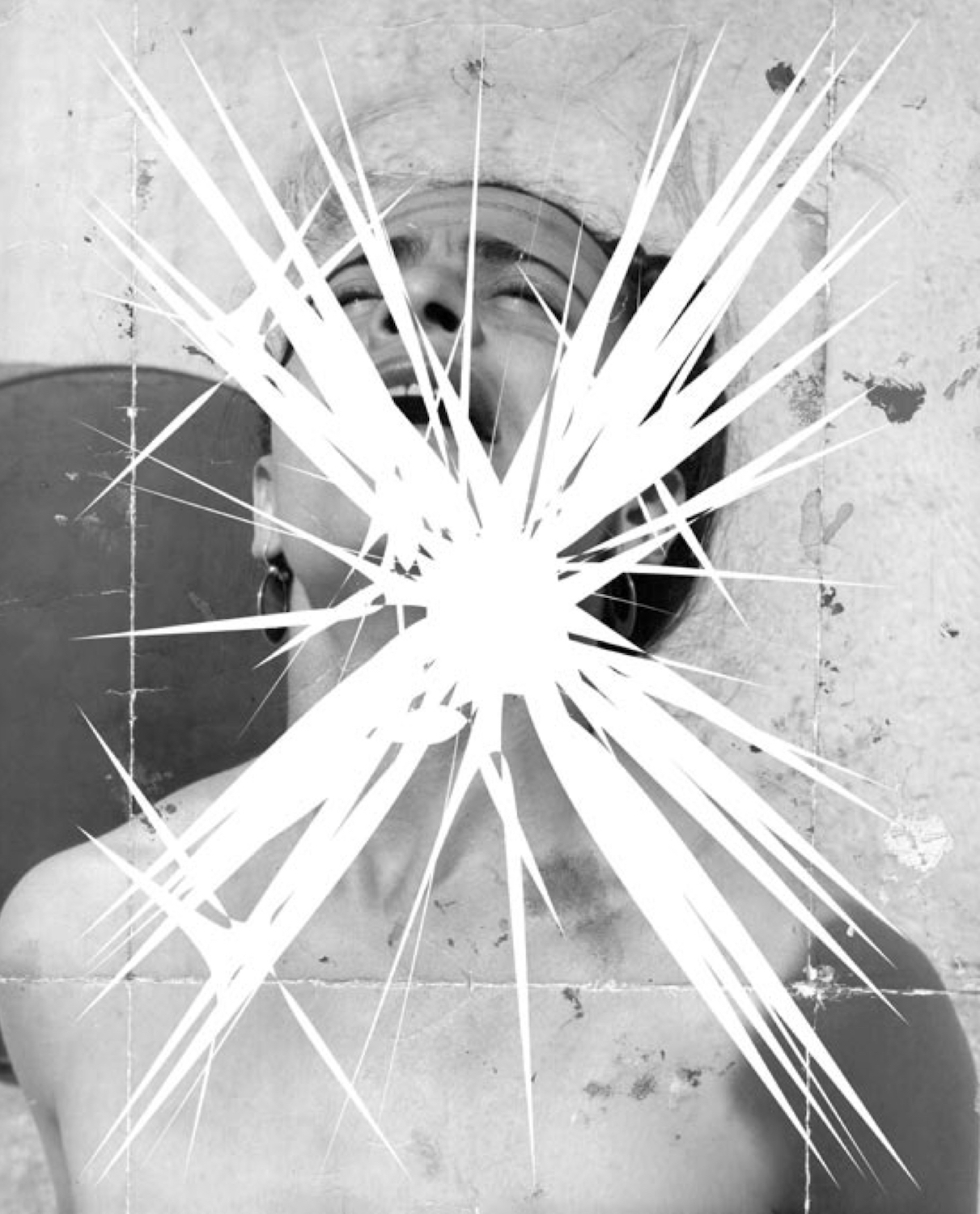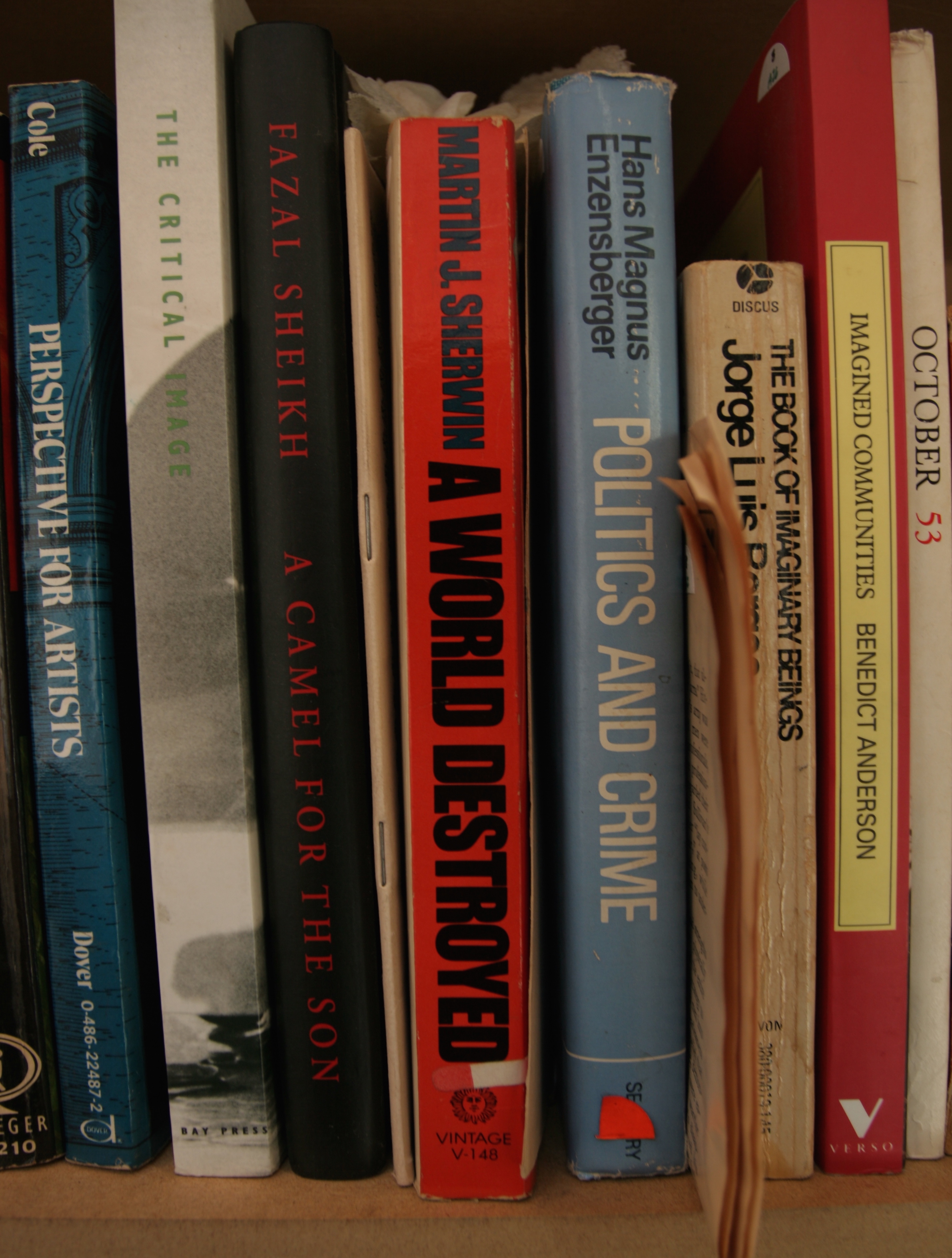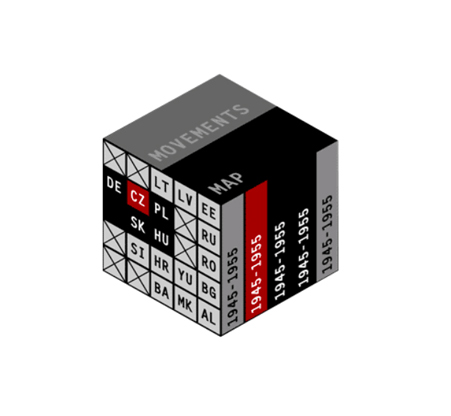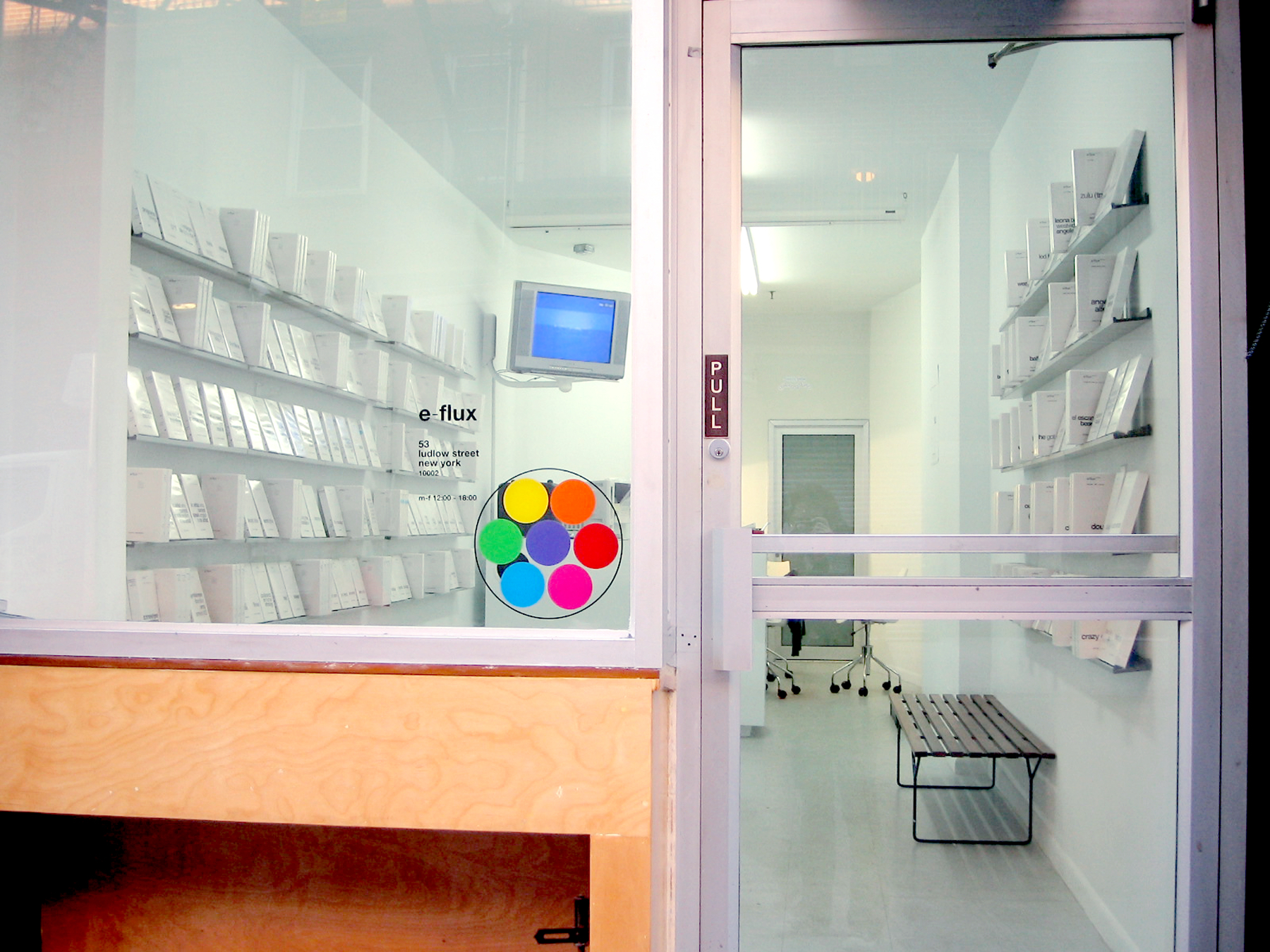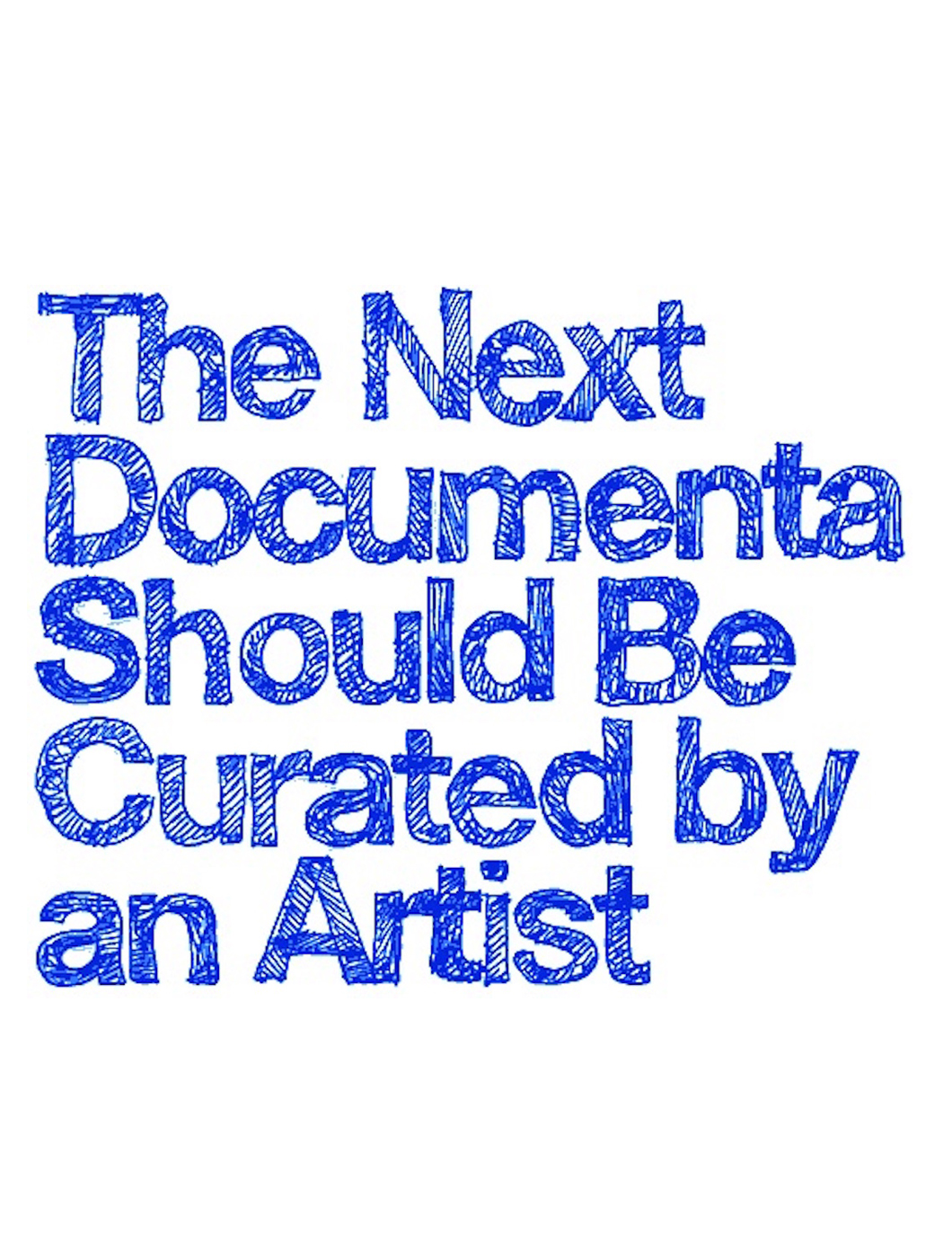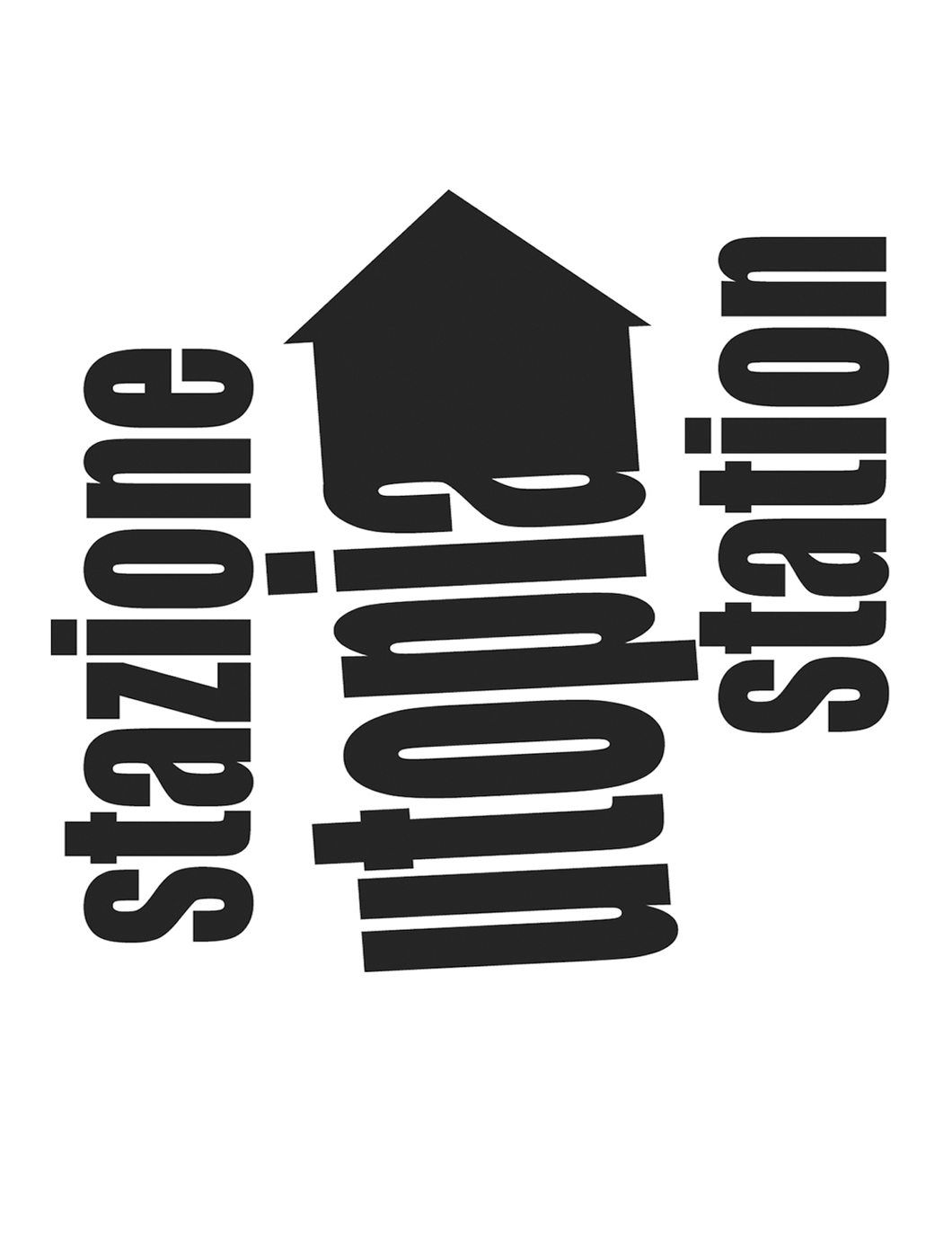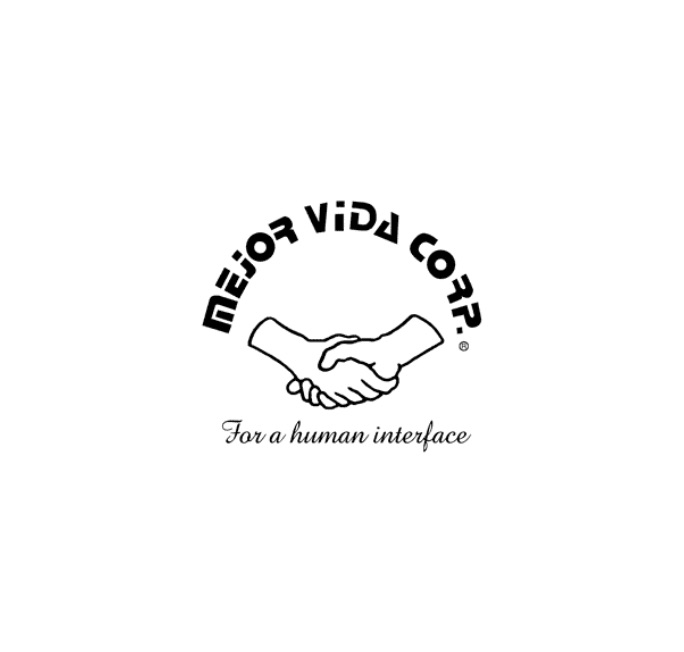Agency of Unrealized Projects
Unlike unrealized architectural projects, which are frequently exhibited and circulated, unrealized artworks tend to remain unnoticed or little known. But perhaps there is another form of artistic agency in the partial expression, the incomplete idea, the projection of a mere intention? AUP seeks to document and display these works, in this way charting the terrain of a contingent future.
Though the state of being unrealized implies the potential for realization, not all projects are intended to be carried out. In other instances, artists deliberately leave works incomplete, to record very interesting "failures" or experiments. Other planned projects involve consciously utopian, non-utilitarian, and conceptual spaces that were not made available for realization. Whether censored, forgotten, postponed, impossible, or rejected, unrealized projects form a unique testament to the speculative power of non-action.

Atelier Bow-Wow, model for Palace of Unrealized Projects, commissioned for Agency of Unrealized Projects, Kopfbau, Art Basel, Germany, 2011. Mixed media. Photo by Mila Zacharias

View of Agency of Unrealized Projects, Kopfbau, Art Basel, Germany, 2011

View of Agency of Unrealized Projects, DAADgalerie, Berlin, Germany, 2012

Hito Steyerl lecturing at Agency of Unrealized Projects, DAADgalerie, Berlin, Germany, 2012
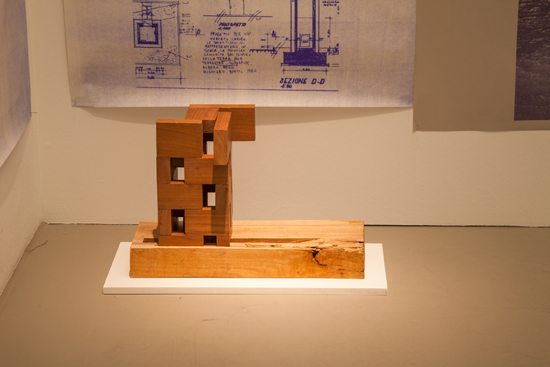
Alejandro Aravena, model for Palace of Unrealized Projects, commissioned for Agency of Unrealized Projects, Kopfbau, Basel, Germany, 2011
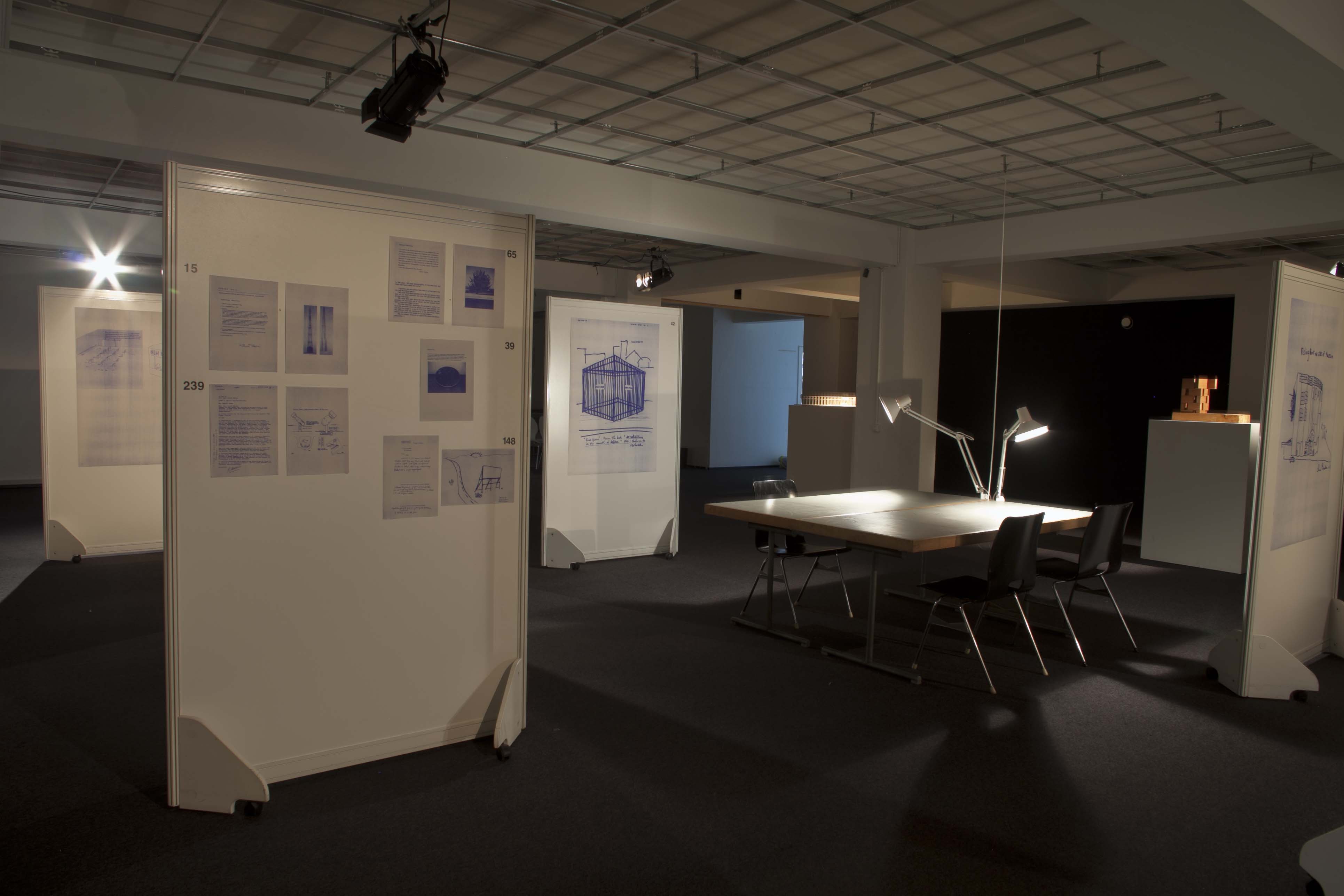
View of Agency of Unrealized Projects, Kopfbau, Art Basel, Germany, 2011. Photo by Mila Zacharias
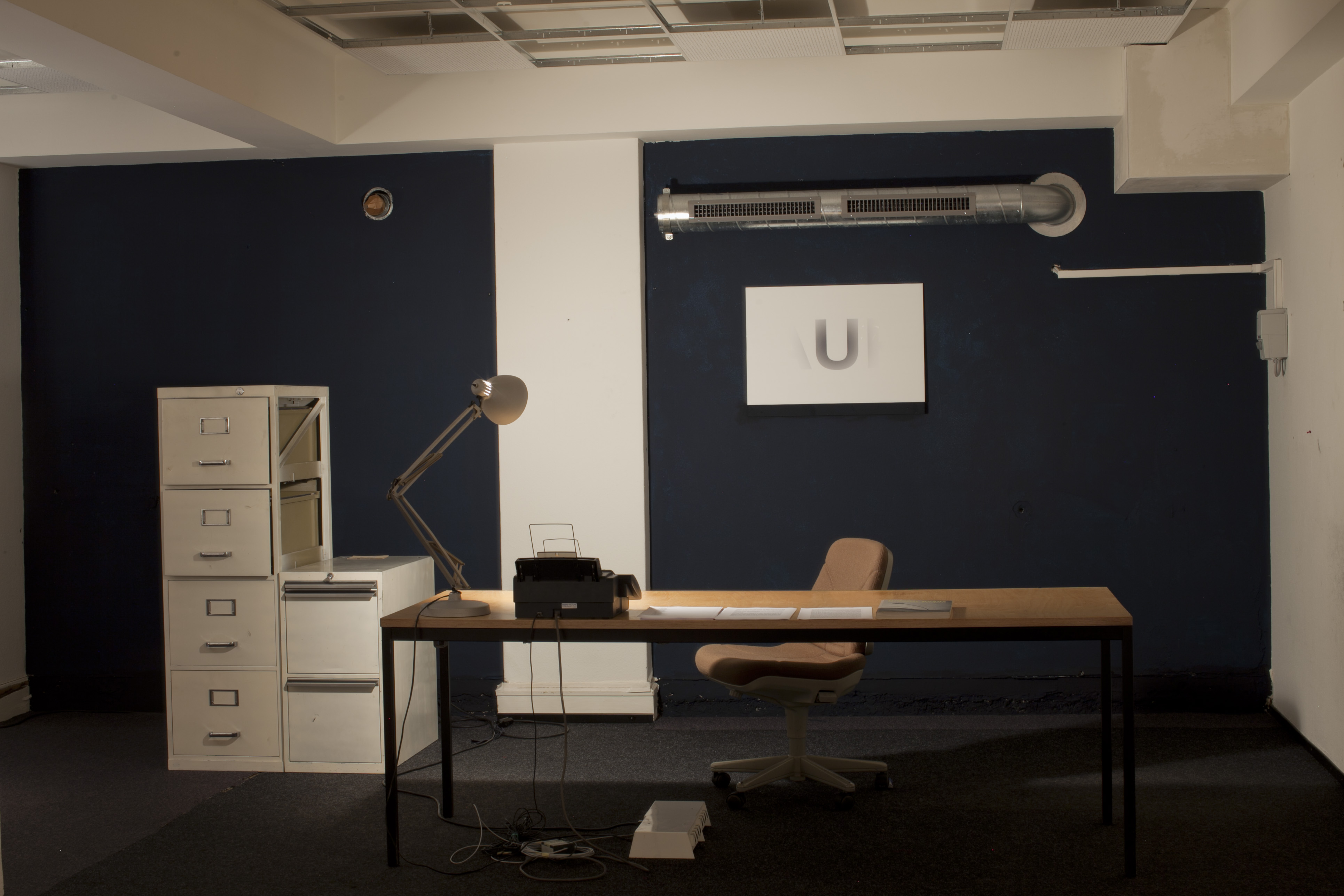
View of Agency of Unrealized Projects, Kopfbau, Art Basel, Germany, 2011. Photo by Mila Zacharias
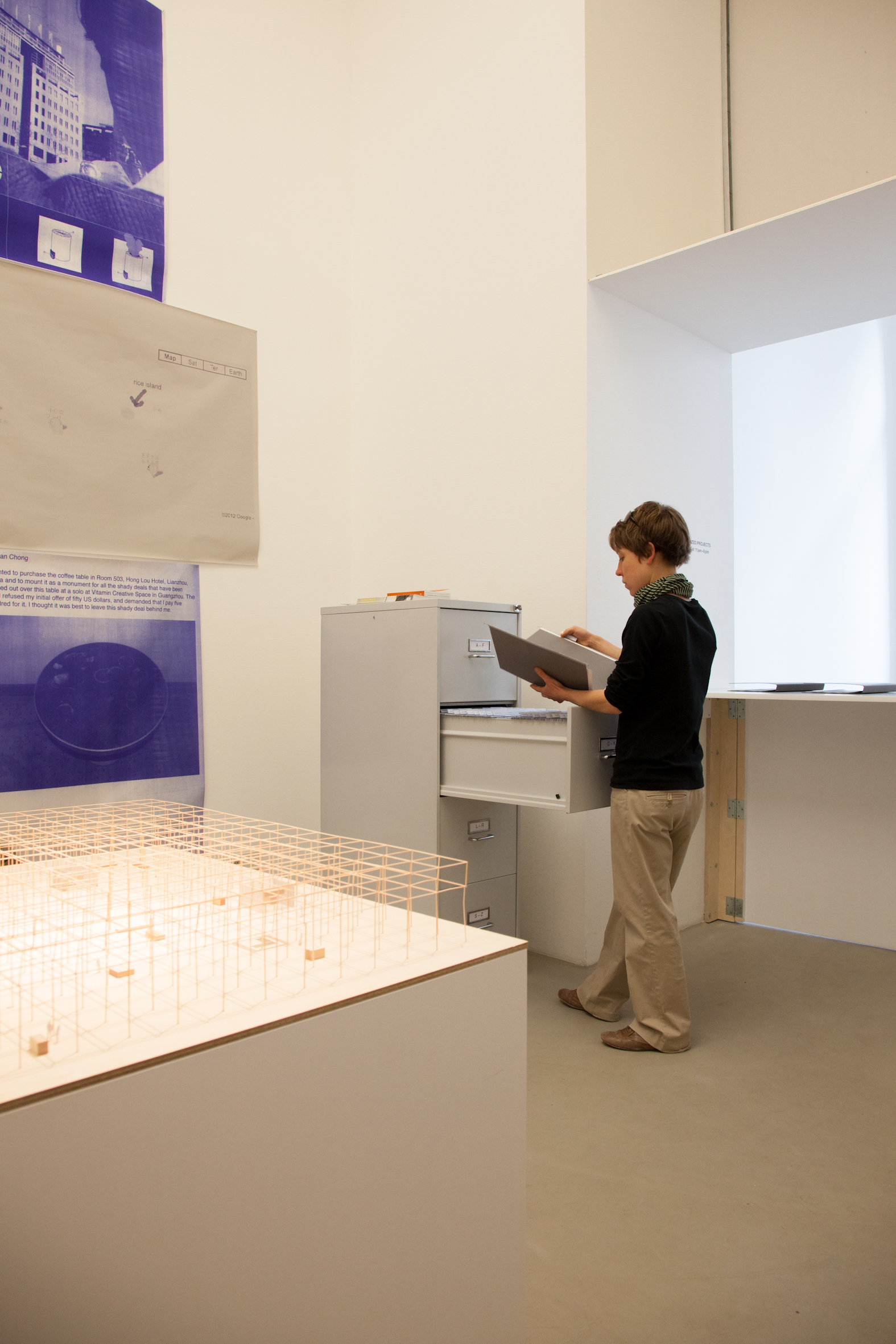
View of Agency of Unrealized Projects, DAADgalerie, Berlin, Germany, 2012
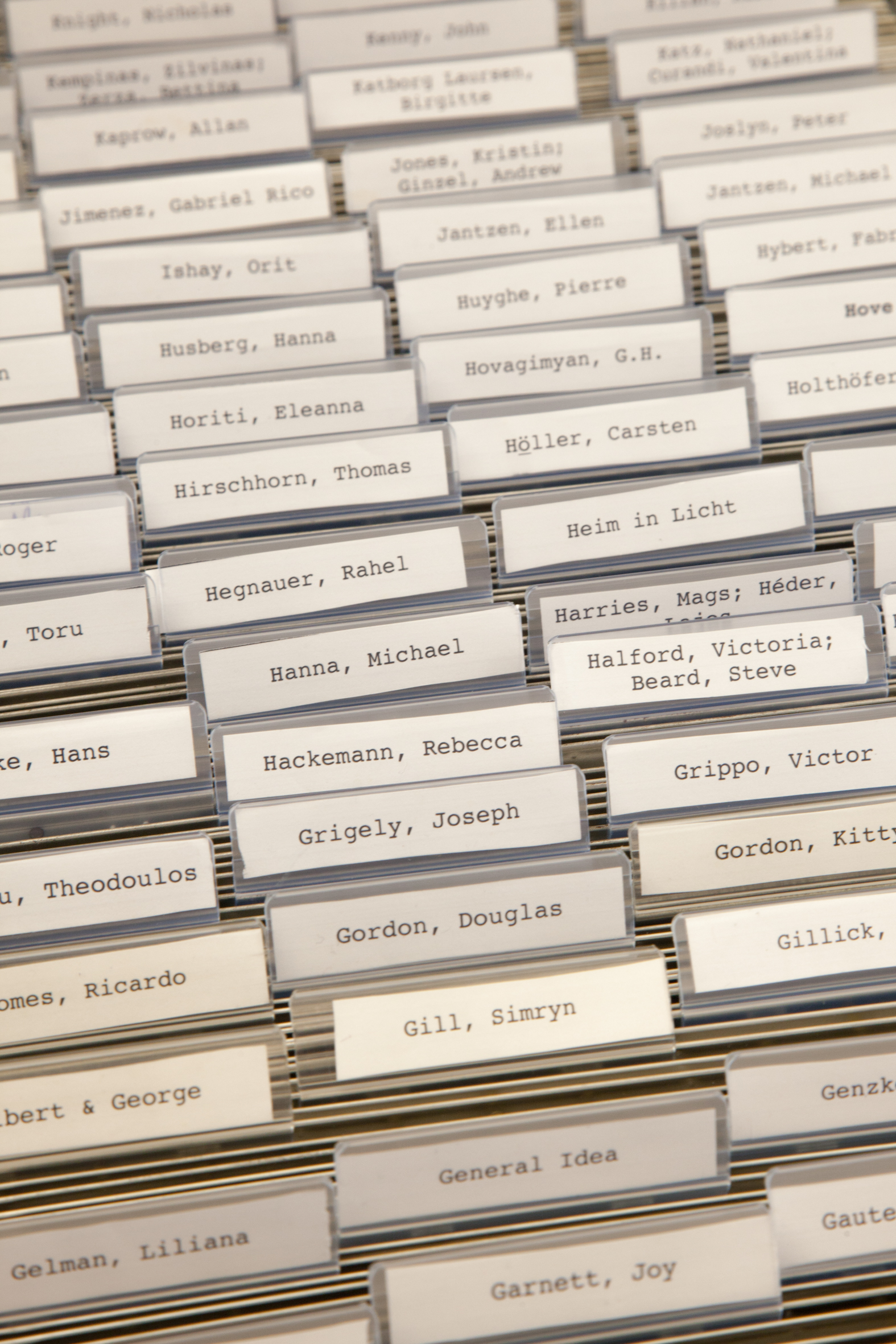
View of Agency of Unrealized Projects, DAADgalerie, Berlin, Germany, 2012
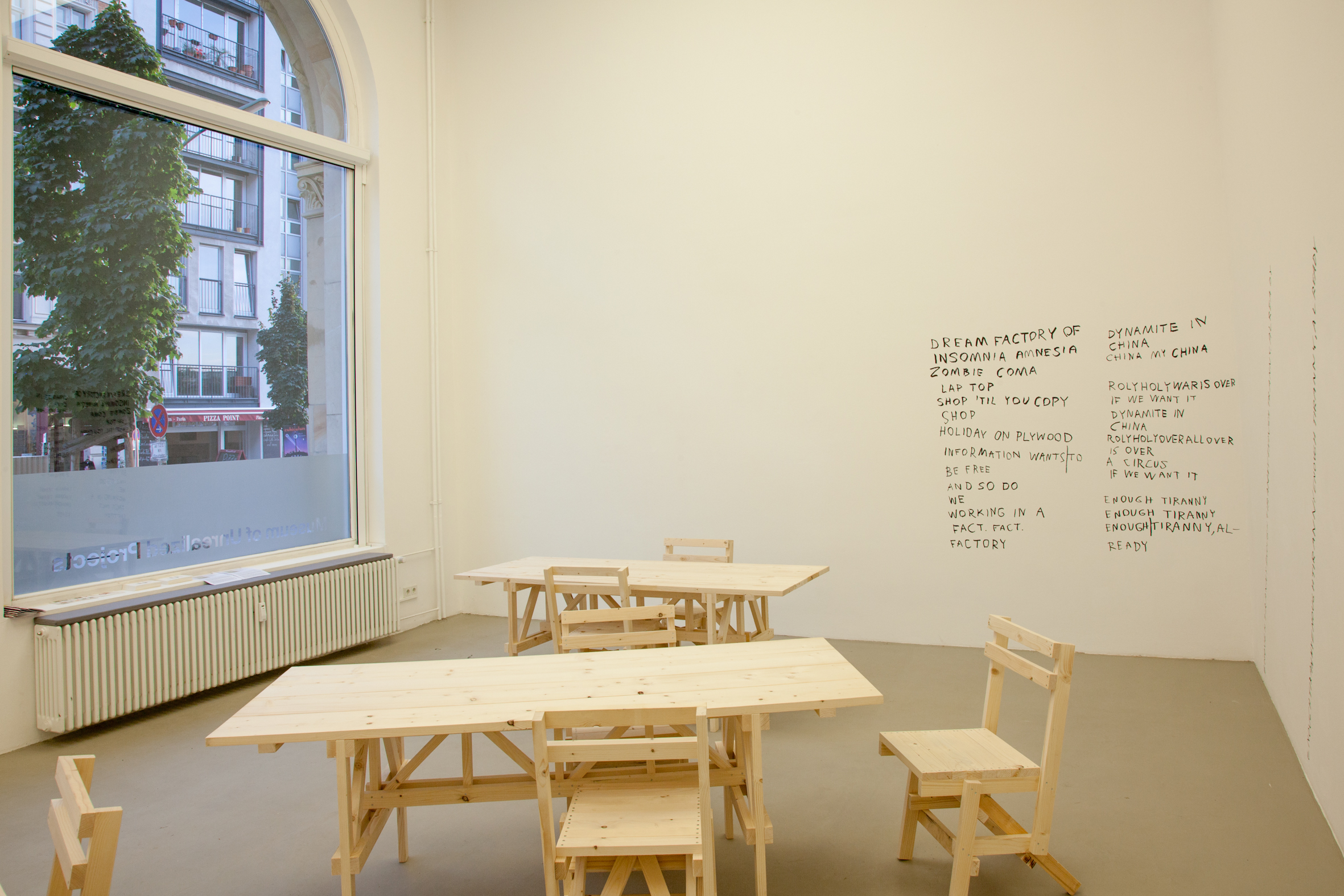
View of Agency of Unrealized Projects, DAADgalerie, Berlin, Germany, 2012

View of Agency of Unrealized Projects, DAADgalerie, Berlin, Germany, 2012
Atelier Bow-Wow, model for Palace of Unrealized Projects, commissioned for Agency of Unrealized Projects, Kopfbau, Art Basel, Germany, 2011. Mixed media. Photo by Mila Zacharias
AUP has been exhibited in the following venues:
Kopfbau, Art Basel, Germany, 2011
DAADgalerie, Berlin, Germany, 2012
